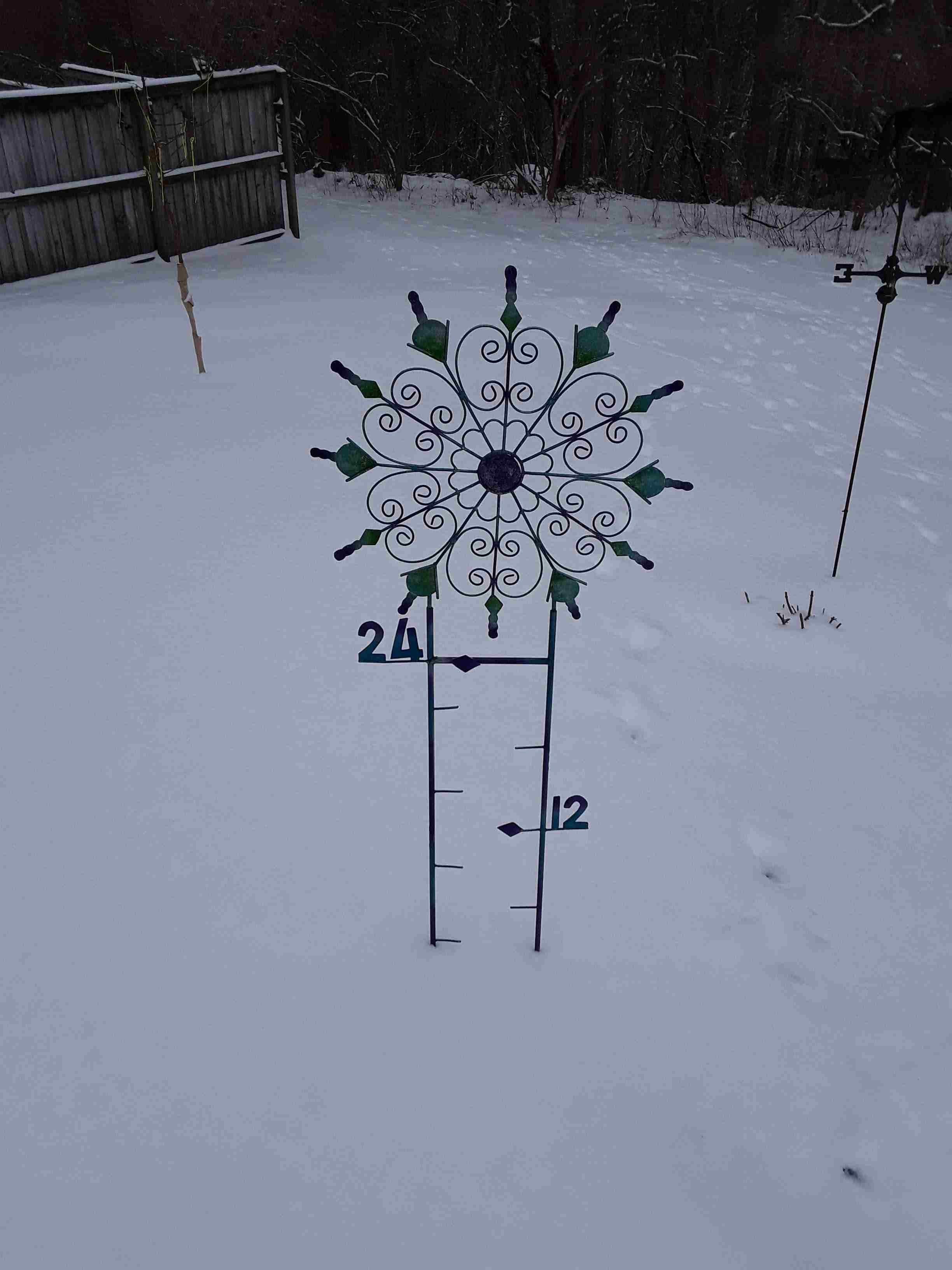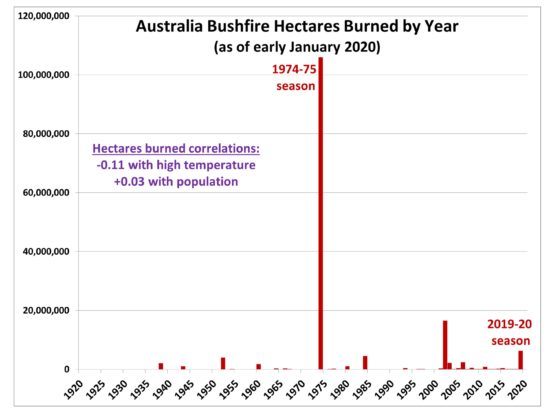Opinion piece on an Opinion piece
Sunday’s Courier Journal’s Forum Section contained an article entitled “Now is the time to act on climate change.” The second half of the article contained useful ideas that individuals can do to help mitigate some effects of climate change. Idea one suggests that as a community, we provide greater availability of air conditioners and cooling centers. Left unsaid was the need for similar resources for extreme cold weather. That’s important too.
The second idea is to increase tree canopy. This is nothing new. Meteorologists (and others) have been advocating this for decades.
Ideas three and four call for what essentially amounts to a “weather” Neighborhood Watch program during times of adverse weather. It’s always good to look out for neighbors and friends. Also, joining like-minded groups of people to push for ideas you agree upon.
Idea five I will address later.
The first half of the article, however, contains some “information” I found highly disturbing. That’s why I’m writing this response.
The article starts with a real whopper – To prevent catastrophic devastation to our earth, we must act now. Wow, where did that come from. Unfortunately, the seed for that idea has been planted by a United Nations group named the Intergovernmental Panel on Climate Change, IPCC for short.
First, and this is very important, IPCC reports are not scientific. They are dictated and approved by the UN members’ governments, not scientists. They present various scenarios as to what the future climate may look like. The highlight of these reports (the latest, AR6 just came out), is to project earth’s future temperature by 2100 based on their extensive collection of global climate models. Reports from the 1990’s had projections that ran 2 to 4 degrees C warmer than observed temperatures. By the 2014 AR5 report the composite average of over 100 models was 1.5-3 C warmer than real data.
Almost all the fantastic reports on what might happen in the future issued since 2014 are based on the IPCC’s worst case scenario. Back in the early days of weather/climate modelling, a phrase developed which we usually referred to as GI,GO. It’s longer version is “garbage in, garbage out.” The new AR6 report issued last month, using all new models, is actually warmer than the 2014 report.
The bottom line is this. Climate computer models do not work! And that negates all the horror stories we’ve been fed for years. GI,GO.
Paragraph two says the IPCC tells us we have seven years to get our act together. That’s just not going to happen! Carbon dioxide emissions are going to keep increasing for the foreseeable future. That’s thanks to China and India. Remember, the U.S. gave China “permission” to keep increasing carbon until 2030. India has no restrictions and will probably exceed our emissions by 2030. Luckily, the IPCC “prediction” is based on garbage.
Skip to paragraph four. “In fact, heat is the top cause of weather-related deaths in the U.S.” In fact, that statement is not a fact. It simply is not true. The CDC checks every death certificate issued in the U.S. Weather-related deaths are tabulated. In recent years, deaths created by cold are at least double heat-related deaths. Worldwide, data suggests that over 5 million heat/cold deaths occur each year…90% are caused by cold.
Paragraph five states that our “exposure to extreme heat is becoming far more frequent.” A quick look at climate records shows that over the past century U.S. “heat waves” have become slightly less frequent. For sites with continuous records dating back to at least 1900, the data show that the 1930’s produced more all-time high temperature records than any other decade.
Paragraph five goes on to blame some of this year’s weather disasters on “climate change.” That’s the accepted narrative, but some interesting points should push the conversation in another direction – The Law of Unintended Consequences.
First, the West Coast fires. One common statement is about record amounts of acreage having been burned. Compared to modern times, that is true. But acres consumed now pales in comparison to forest fire destruction in the late 1800’s. What’s the difference? Us. In the late 1800’s hardly anyone lived in the forests. When fires broke out, they were allowed to just burn themselves out. Nature’s method worked well for millions of years. Now, over a million people live in the western forests. Smokey the Bear says “Only you can prevent forest fires.” How correct he is. 90% of U.S. forest fires are started by us humans. Need I say more?
Second, Hurricane Ida. For eons, the Mississippi River created a buffer zone to help alleviate erosion from coastal storms. The river frequently created new channels to spread and accumulate silt across a wide area now known as the Louisiana Bayou. Thick, dense vegetation is a feature of bayous. It’s more diffuse than the barrier islands of the east coast, but has borne the brunt of hurricane forces to help protect Louisiana far back in time. Then, along comes humans. The Mississippi became an import element in commerce and trade. It was so important that changing paths could not be allowed. So a levee was constructed to confine the river in a never-changing channel. Human business was happy; nature wasn’t. Since then, the bayou has lost its source of life- supporting silt. Erosion continues, replenishment stops. As a result the bayou has been slowly disappearing. It no longer acts as a strong barrier buffer. Along comes Ida. Man muddles; nature laughs.
Later in the opinion piece we encounter a really strange statement – “climate change worsens COVID-19 symptoms…” As far as I know, SARS-COV-2 (COVID-19) was discovered late in 2019. So, it and its variants have been around for less than 2 years. Covid is a creature of our current climate; it hasn’t experienced any “climate change.” Covid symptoms are bad enough. Let’s not blame the climate for making them worse. (Note: If you look at Covid-19 data, you will see that the countries with the highest percent of population catching the disease are in temperate regions (four seasons), not in the hotter tropics.
Finally, back to the fifth idea to help the earth – Equip and educate. We are well equipped to prepare for a continued slowly warming climate. Infrastructure is the key.
Programs such as rebuilding our highway system, hardening the power grid (just ask TX and CA), building sea walls, and strengthening our RELIABLE power production facilities (wind and solar need not apply) are essential for our future. Our best bet for energy in the future is nuclear. Admittedly, that’s a tough sell in the U.S. Second best bet is natural gas, an industry our current President is trying to kill.
The current philosophy in the U.S. is centered on costly, and unreliable, wind and solar. All we have to do is look to Europe to see how a reliance on wind and solar is working out. I doubt we’ll learn anything from the European experience. If we continue along the road to relying on non-carbon energy, we’re in big trouble within the next decade. Maybe enough trouble that we’ll stop hyping global warming for awhile.
Oh, yes! That last item – educate. I’m all in favor of climate education. When are we going to start?
Tom Wills


